Drawing With Pastels For Beginners
How to start pastel drawing
Put your best pencils and doodle art to one side – it's time to delve into the art of pastel drawing. In use by artists for centuries, pastels are an especially portable medium, enabling you to create colourful art with no need for water, brushes or palettes.
But first, what exactly is a pastel? The definition isn't completely clear, and there's been some debate within art societies as to what exactly qualifies as a pastel. The Pastel Society in the UK, however, states the following media are acceptable for its exhibitions: "Pastels, including Oil pastel, Charcoal, Pencil, Conté, Sanguine, or any dry media."
Note that an artwork made using pastels is also called a pastel (or a pastel drawing or pastel painting). Pastel used as a verb means to produce an artwork with pastels. And of course, none of these terms should be confused with the use of pastel as an adjective, to mean pale in colour!
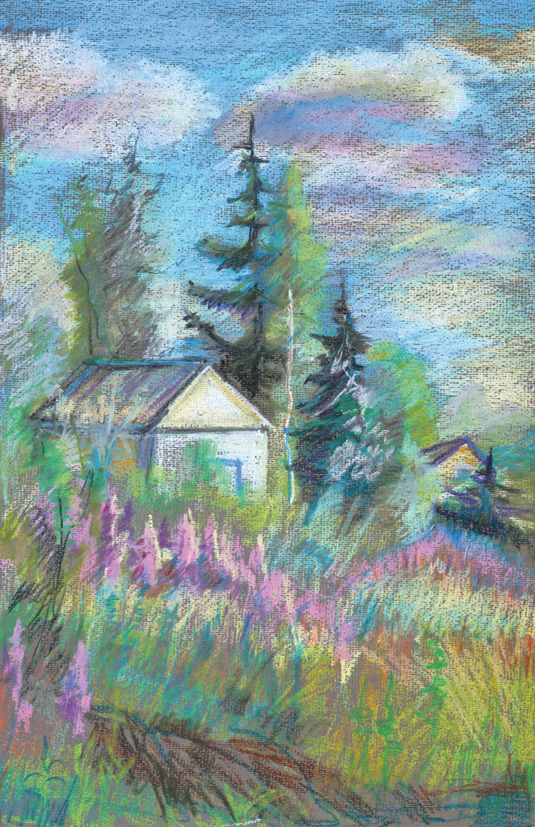
The pastels themselves come in the form of a stick, consisting of pure powdered pigment and a binder. The pigments used in pastels are the same as those used to produce all coloured art media, including oil paints; the binder is of a neutral hue and low saturation.
Getting started with pastels
Soft pastel sticks do become dusty or dirty when transporting, so carry a cloth to wipe them off before pastel drawing. It's generally easier to work on a toned surface rather than on pure white. You can buy toned paper, or tone it yourself using an acrylic or watercolour wash.
To prevent over blending and smudging when pastel drawing you can use a mist of fixative on that area. Beware: if the fixative is sprayed too heavily, it dramatically dulls and darkens the vibrancy. Do some quick trial runs spraying the fixative to experiment with the light mist approach.
With these foundations in place, let's get started with pastel drawing.
01. Pick your pastels

Soft pastels have a rich, buttery feel and are easy to blend. Hard pastels, including pastel pencils, are great for adding detail to pastel drawing. Oil pastels have an oil binder, are less opaque than soft pastels and don't smudge as easily. The newest water-soluble pastels create semi-transparent washes when water is brushed over them.
02. Layering and smudging with pastels
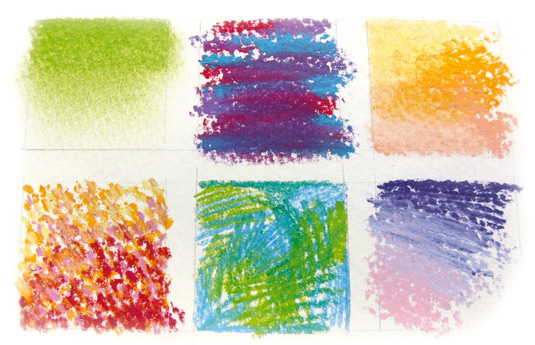
Pastels are blended on the art surface, rather than on a palette. A variety of colours can be achieved through layering and smudging. Start with darker colours, working up to light.
Blending is done by layering the pastels with various strokes such as crosshatching, dots/pointillism or smudging with different tools, from cotton swabs or #9 brushes, to fingers.
03. Select a pastel paper
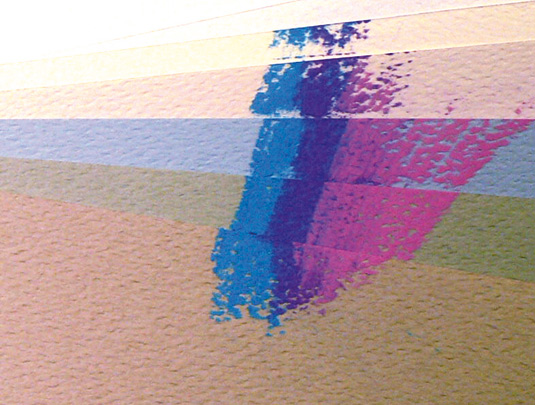
The key to selecting paper for pastel drawing is to choose something that has texture or tooth. If it's too smooth, the pastels won't adhere. Check that the paper is pH-neutral. If it's not acid free, it can shift the colour and cause brittleness. Good choices are canvas, watercolour paper, pastel paper and sand board.
04. Experiment with soft and hard pastels
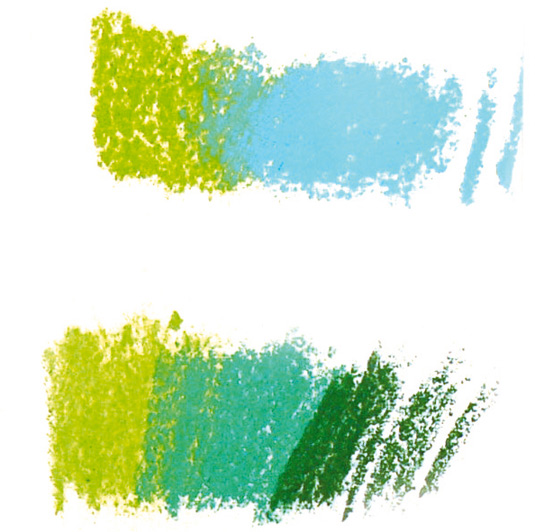
Soft pastels are rich and luminous in colour, provide a loose grainy texture and are easy to blend with varied surface effect, but are a little fragile. Hard pastels are a little less vibrant in colour, but more stable than soft pastels. They're great for adding detail to your drawings.
05. Test drive pencils and oils
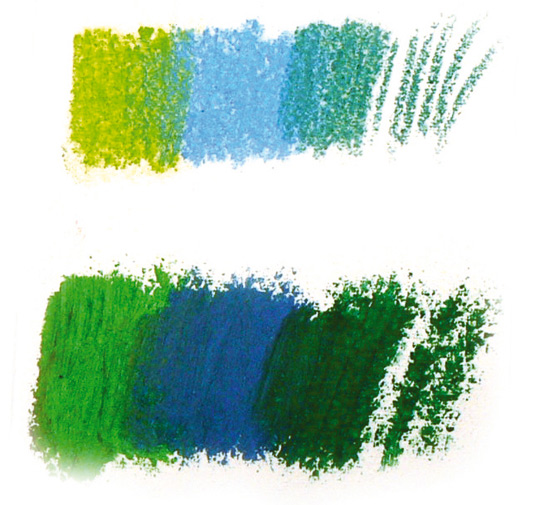
Pastel pencils come in a pencil 'lead' form and are easy to control. They're ideal for fine detail and rendering, and are a harder lead than soft pastels. Oil pastels contain an oil binder. They have a thick intense colour, but don't smudge and blend like soft/hard pastels.
06. Create washes with water-soluble pastels

Water-soluble pastels can be used just like a regular soft pastel, except that you can also create watercolour-like washes with a brush and water, providing great variety in the artistic effects you can achieve.
Related articles:
- 5 things you need for oil painting
- Paint a portrait like the Old Masters
- How to fix your finished pastel artwork
Related articles
Drawing With Pastels For Beginners
Source: https://www.creativebloq.com/art/how-start-pastel-drawing-21619146
Posted by: ellismandred48.blogspot.com

0 Response to "Drawing With Pastels For Beginners"
Post a Comment